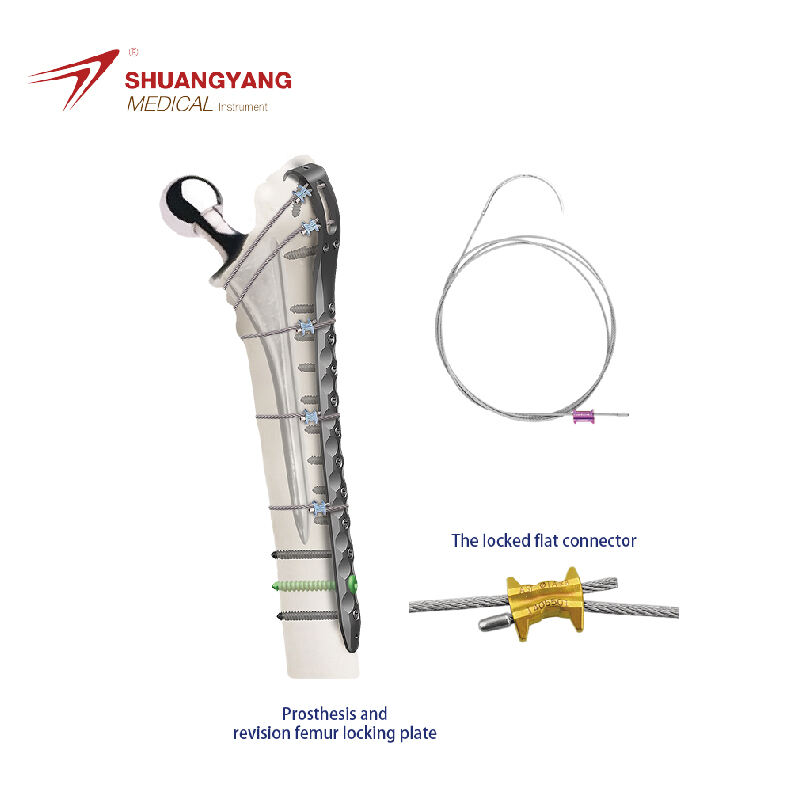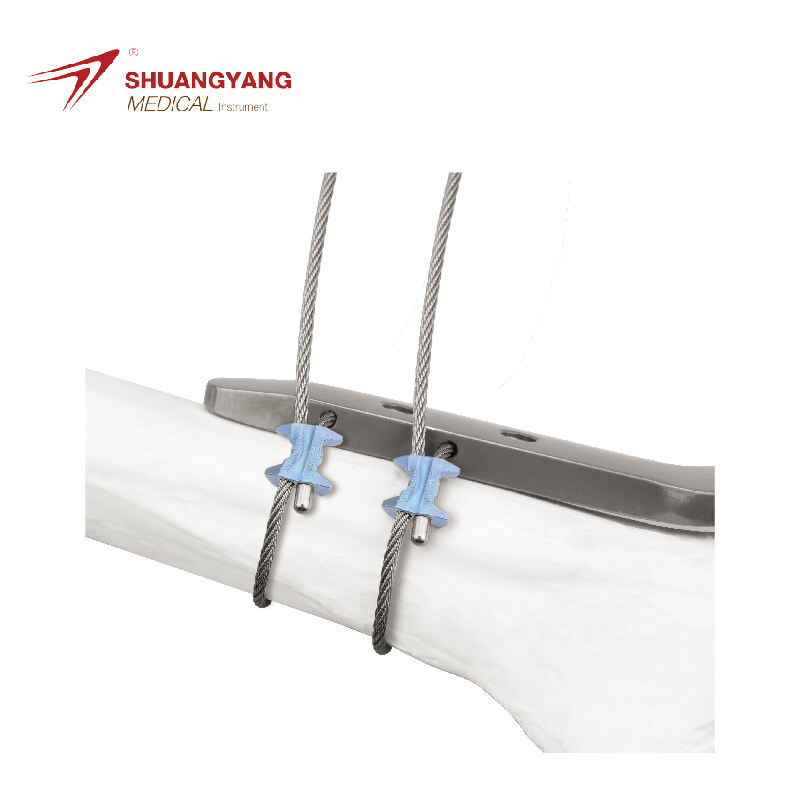maxillofacial surgery
Maxillofacial surgery is a specialized field focusing on the diagnosis and treatment of diseases, injuries, and defects affecting the mouth, jaws, facial structures, and neck. This branch of surgery encompasses a wide range of functions, including the repair of facial fractures, the removal of impacted teeth, the treatment of infections, and the correction of facial deformities. Technological advancements have greatly enhanced the precision and effectiveness of maxillofacial procedures, with features such as 3D imaging, virtual surgical planning, and guided surgery techniques playing pivotal roles. These sophisticated tools not only improve surgical outcomes but also minimize patient discomfort and recovery times. Applications of maxillofacial surgery are diverse, ranging from cosmetic enhancements to life-saving treatments for oral and facial cancers.


